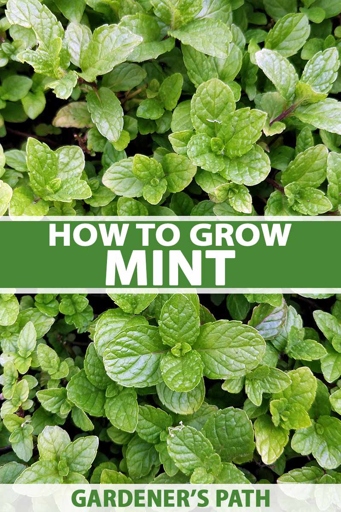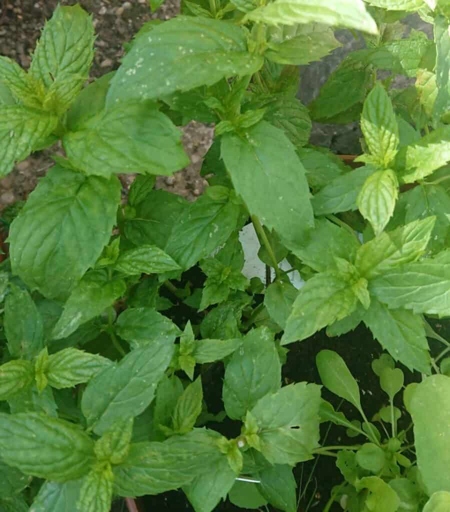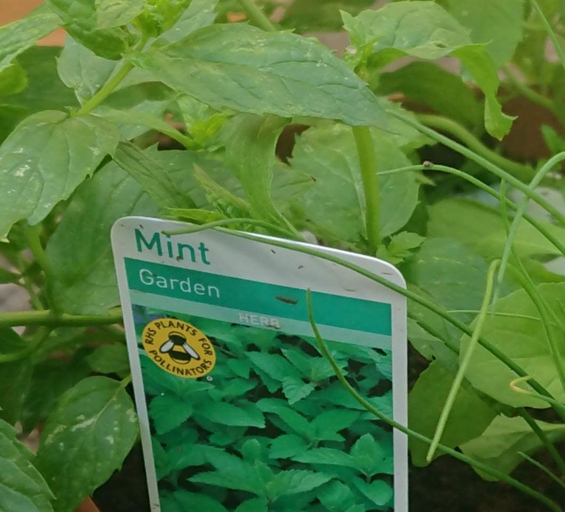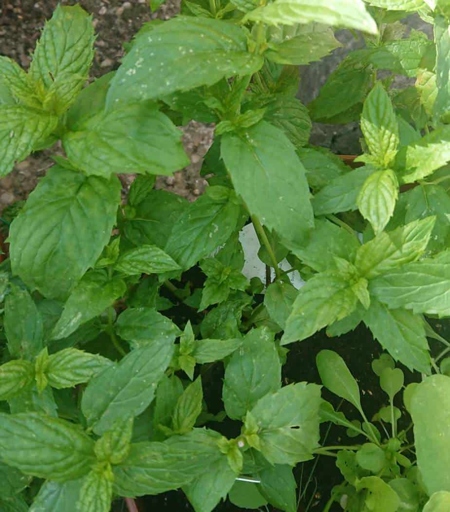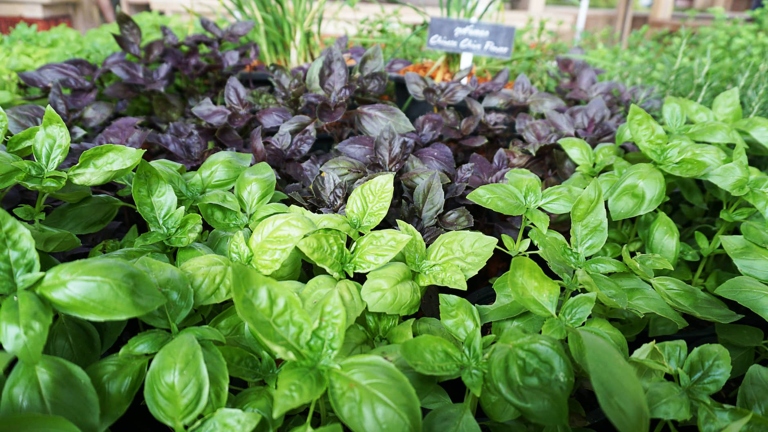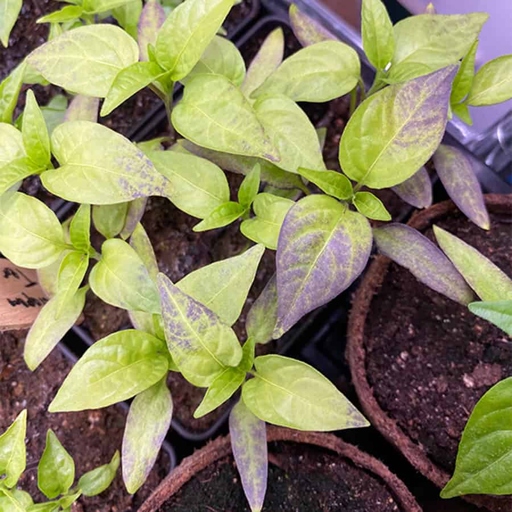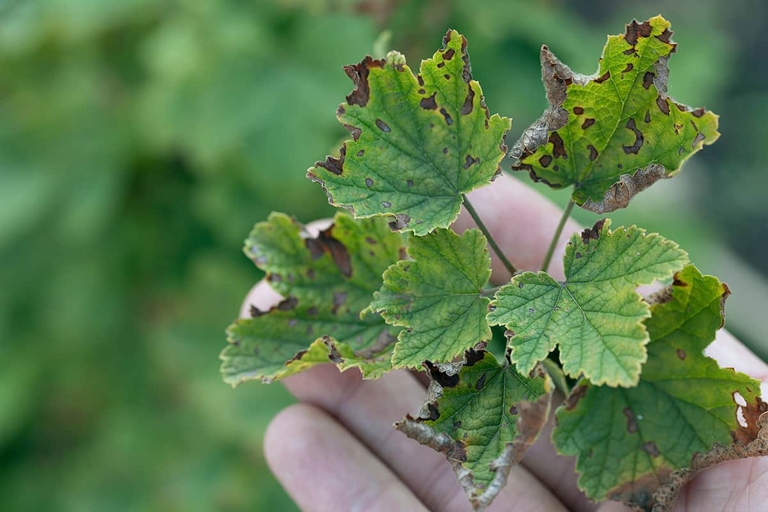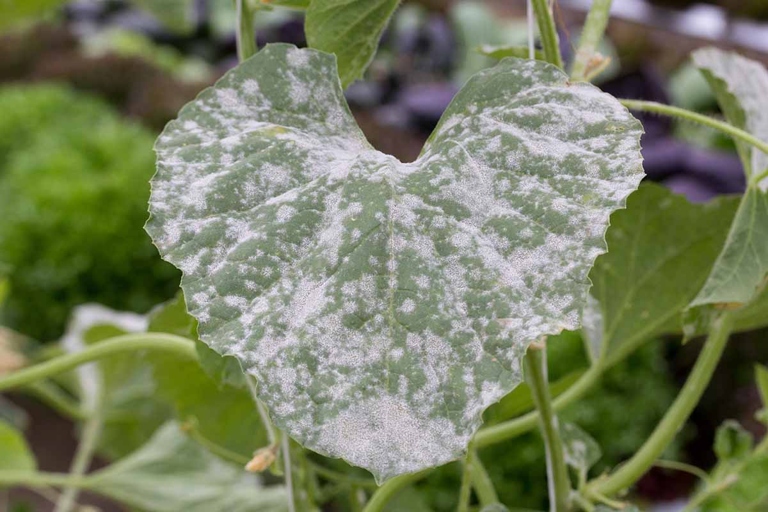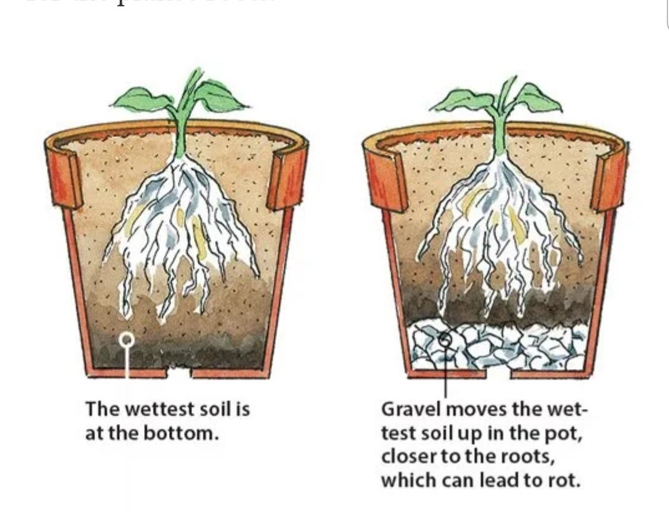How Deep Do Mint Roots Go? (Planting Depth Guide!)
Mint is a versatile herb that can be used in many dishes and drinks. It is also a very hardy plant that can tolerate a wide range of conditions. One of the key factors to mint’s success is its ability to spread quickly and easily. This is due to the fact that mint roots can grow very deep, up to 2 feet. This depth allows the plant to access a large amount of water and nutrients, which helps it to thrive.

